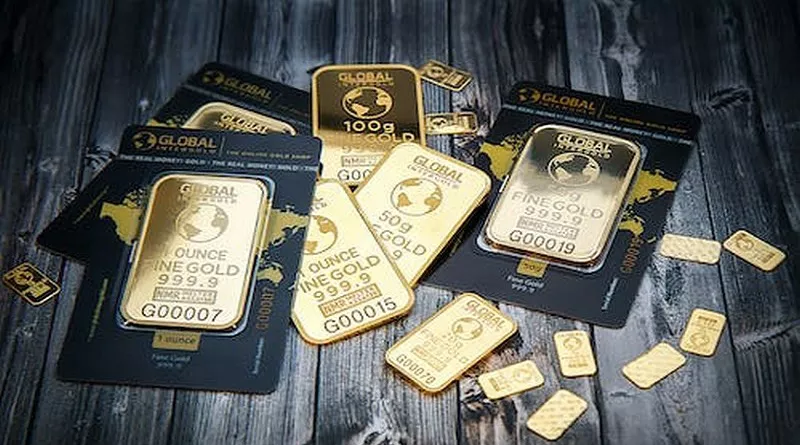Central banks have become the primary force behind gold’s historic bull market, acquiring about 80 tons monthly—equivalent to roughly $8.5 billion at current prices—Bloomberg News reports.
While the full scale of these purchases remains hidden due to their secretive nature, trade data suggests China is a major buyer alongside other unidentified purchasers routing through Switzerland.
According to the World Gold Council, central banks and sovereign wealth funds absorb roughly 1,000 tons of gold annually, representing at least a quarter of global mined production. An HSBC survey of 72 central banks in January found that more than one-third planned additional acquisitions in 2025, with none intending to sell.
This robust demand underpins Goldman Sachs’ year-end gold price forecast of $3,700 per ounce. On June 3, gold traded around $3,360, near April’s peak of $3,500.
China’s actual buying remains particularly opaque. Evy Hambro, BlackRock’s head of thematic and sector investing, told Bloomberg, “The market has speculated that China’s net gold buying is far greater than official data shows.”
Goldman Sachs estimates China has purchased an average of 40 tons monthly since 2022 based on trade data analysis. Intriguingly, Chinese gold supply exceeds withdrawals from the Shanghai Gold Exchange, raising questions about the location of the surplus bullion.
The surge in buying doubled after Western allies froze Russia’s foreign exchange reserves in 2022 following the Ukraine invasion, prompting central banks to diversify away from dollar assets. Gold is increasingly viewed as insurance against geopolitical risk.
Kazakhstan’s National Bank governor Timur Suleimenov called gold “not a bad investment resource” amid global trade disruptions and tariff uncertainties.
Poland’s central bank governor Adam Glapinski described gold as “the safest reserve asset,” noting it is “free from direct links to the economic policy of any country.”
This diversification trend reflects rising concern about overexposure to the US dollar. Emerging market central banks typically hold about 6% of their reserves in gold, compared to roughly 75% for countries like the US, Germany, France, and Italy.
JPMorgan estimates that shifting just 0.5% of foreign US assets into gold could push prices to $6,000 per ounce by 2029. Hambro added, “The gold market is big, but the dollar market is enormous. Even a small movement from dollar assets into gold can have a huge impact.”


